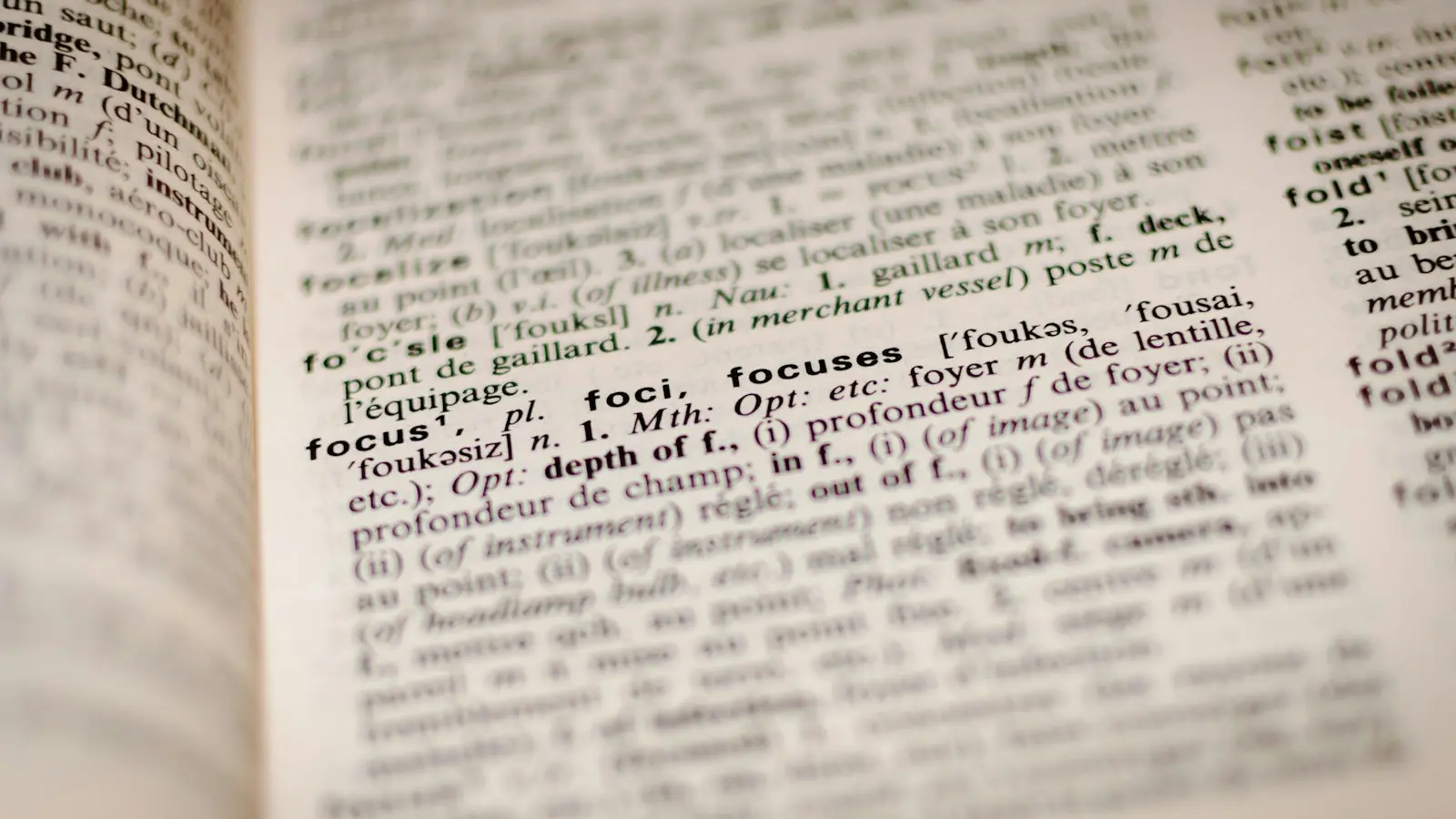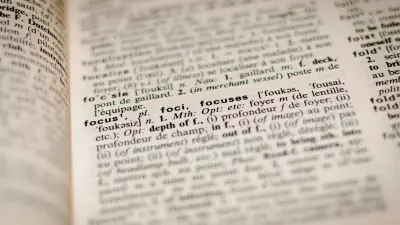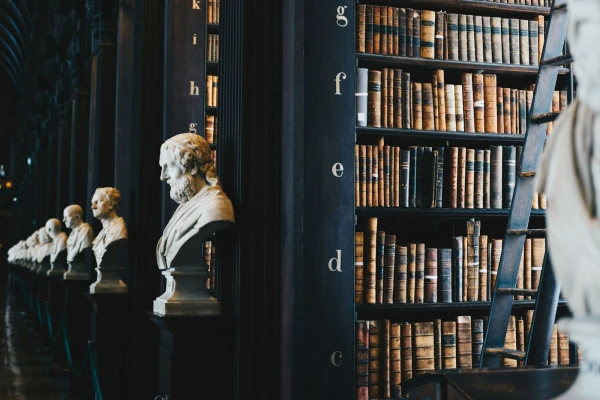Have you ever been swept away by a news story, only to discover facts later that changed your entire perspective? Or found yourself unknowingly judging something solely by the words used? In a world filled with narratives, words are more than just letters—they are windows, walls, and mirrors. Words can build bridges of empathy or, conversely, create divides rooted in prejudice. Often overlooked is the role of language, framing, and bias in media—including the social media we engage with daily—but it is "behind the words" that our perception of the world is truly shaped.
Let’s delve deeper: how language, framing, and bias shape—and limit—the ways we see, feel, and understand the world together.
Language: More Than a Mere Tool of Communication
Language is not just a medium for exchanging thoughts; it is living culture, the breath of civilization. Through language, hopes, anger, love, and fear transform into narratives, headlines, or news stories. Yet, word choice can hide or highlight certain biases and viewpoints.
Why is one leader dubbed "visionary" in one media outlet, but "controversial" in another? Words carry nuanced meanings—reflecting history, power, and even ideology. In Indonesia, for example, the term pelakor has become widespread online, demonstrating how a single word can reinforce certain social stigmas. Elsewhere, words like "immigrant" or "expat" bear different emotional connotations, despite both referring to newcomers.
Framing: Shaping, Limiting, and Guiding Perspective
Framing occurs when media decide how reality is portrayed. Like a photographer choosing which part of the scene to focus on, framing is the "frame" that highlights certain aspects of a story—sometimes clearly, sometimes subtly.
Imagine two reports on a protest: one describes it as a "large demonstration by citizens," while another calls it an "anarchic mass riot." Though both may be factual, their differing frames impart distinct tones and feelings to the audience. On social media, framing is even more fluid: a single video clip or caption can distort public understanding, spark anger, or inspire hope.
Bias: The Hidden Shadows in Our Minds
Bias often operates subtly—like a shadow behind glass. We all harbor biases, consciously or not. Language bias happens when words or narratives are "tilted" toward a particular side. Even media striving for objectivity are not immune: choices of quotes, information arrangement, and visuals all reflect bias.
There is confirmation bias (seeking info that supports our beliefs), authority bias (trusting because an "expert" said so), and even in family conversations, remarks like "why are you getting emotional?" can invalidate feelings without further debate. Unrecognized biases can sharpen divisions, close dialogue space, and narrow intellectual diversity.
Media, Social Media, and the Power of Narrative
The digital world seems to offer freer space—but is that truly the case? Sorting fact from opinion on TikTok, X, or Instagram is challenging; popularity often trumps quality. Algorithms amplify what we already believe. Filter bubbles form, echo chambers grow. Here, framing and bias merge into a powerful current that transcends borders, ages, and cultures.
Visual language (images, memes, emojis) increasingly intensifies framing’s role today. A single meme can be sharper than an editorial. Two emojis often suffice to "summarize" a story. Global culture, through digital language, accelerates both the spread of bias and offers opportunities for cross-cultural reflection. But will we be discerning enough to read the meaning behind the words?
Opening Spaces for Reflection: Can We Be More Open?
Have you noticed how easily our emotions ignite when reading "harsh" news? Or how indifferent we become when tragedies are called "ordinary misfortunes"? Our ability to be reflective—to pause emotions briefly, observe how news is presented, and recognize possible biases behind narratives—is a vital shield in an information-rich world.
Being reflective doesn’t mean distrusting everything; it means taking a moment, consulting multiple sources, and sometimes asking: Who benefits from this narrative? For whom is this framing made? What values does it seek to affirm or question?
Language, Framing, and Bias: Bridges or Chasms?
Ultimately, language, framing, and bias are tools. They can expand empathy or constrict it. In diverse cultures, how we interpret words is a shared responsibility. Multilingualism—the ability to understand messages in multiple languages—creates space to appreciate many perspectives and reduce cultural bias. Platforms like Makna Media, which promote cultural openness and cross-language empathy, play an important role in broadening horizons and reminding us that the dominant narrative isn’t necessarily the one that truly represents every voice.
Conclusion
Lorem ipsum dolor sit amet, consectetur adipiscing elit, sed do eiusmod tempor incididunt ut labore et dolore magna aliqua. Ut enim ad minim veniam, quis nostrud exercitation ullamco laboris nisi ut aliquip ex ea commodo consequat. Duis aute irure dolor in reprehenderit in voluptate velit esse cillum dolore eu fugiat nulla pariatur. Excepteur sint occaecat cupidatat non proident, sunt in culpa qui officia deserunt mollit anim id est laborum.
Closing
Let’s keep this conversation going. Feel free to share your stories, reflections, or experiences with language, framing, and bias—wherever you are and whichever language you speak. Together, we can build bridges of understanding across cultures and generations.







